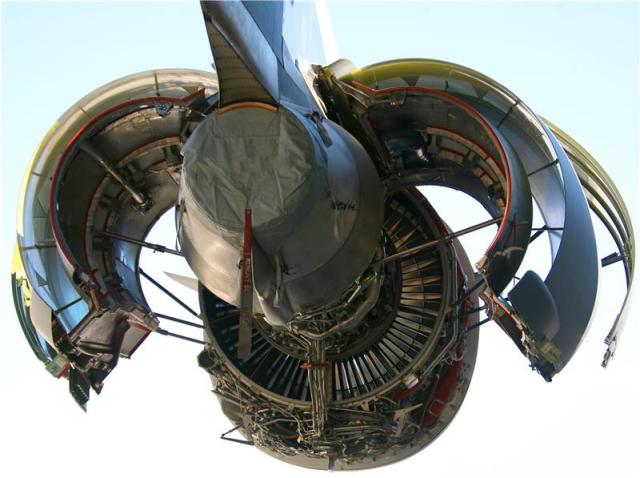 Industrial waste converted in coating for aircraft turbines
Industrial waste converted in coating for aircraft turbines
The superalloys which are used to create aircraft turbines are subjected to very high temperatures. The aircraft’s nozzle and blades are made up of nickel-based superalloys and are located in the turbine’s ‘hot zone’.
The high temperatures cause microstructural degradation, which is a substantial problem in the aviation industry. This degradation affects mechanical and thermal properties, and also reduces the turbines’ energy efficiency. The project leader, Dr. Ana Maria Arizmendi Morquecho, stated that the nanostructured coating would help address this issue.
The researchers developed nanocomposites, which are based on advanced thermal barriers, using flying ash and nanoparticles in the composite material. Flying ash contains a thermally and chemically stable compound called mullite, which the researchers used as a ceramic matrix in the novel nanocomposite material.
This reduces the thermal conductivity and allows it to be used as a coating for superalloys. Flying ash has been considered as a polluting material and its application for coatings in the aviation industry will benefit the environment.